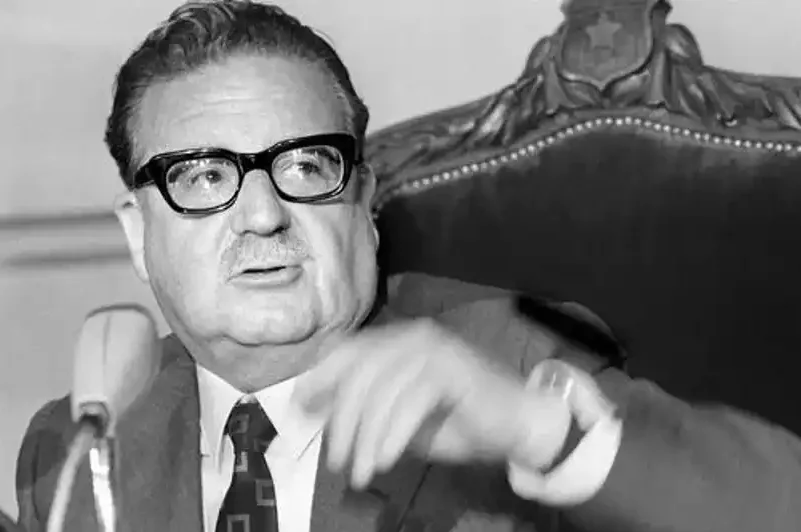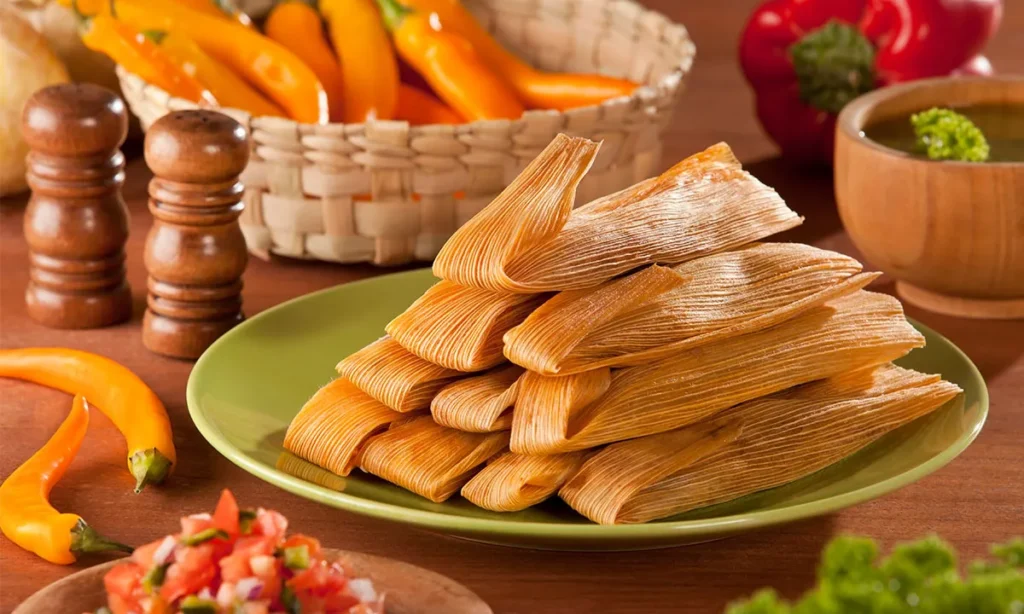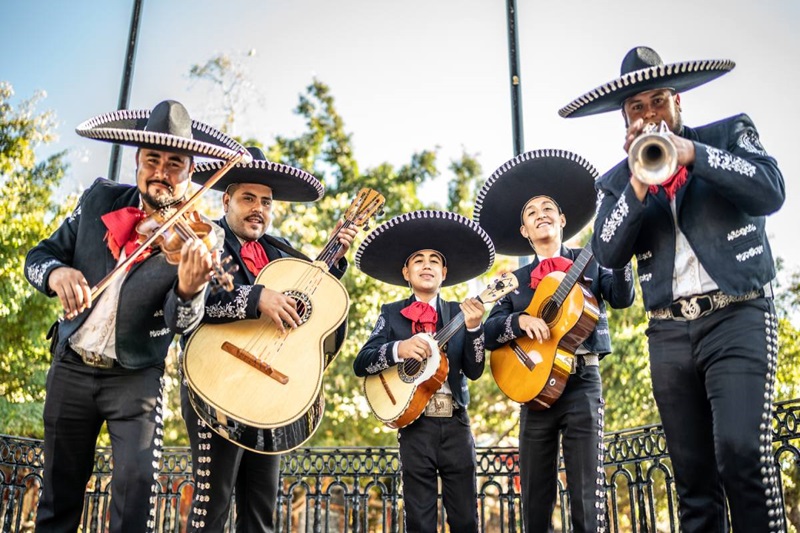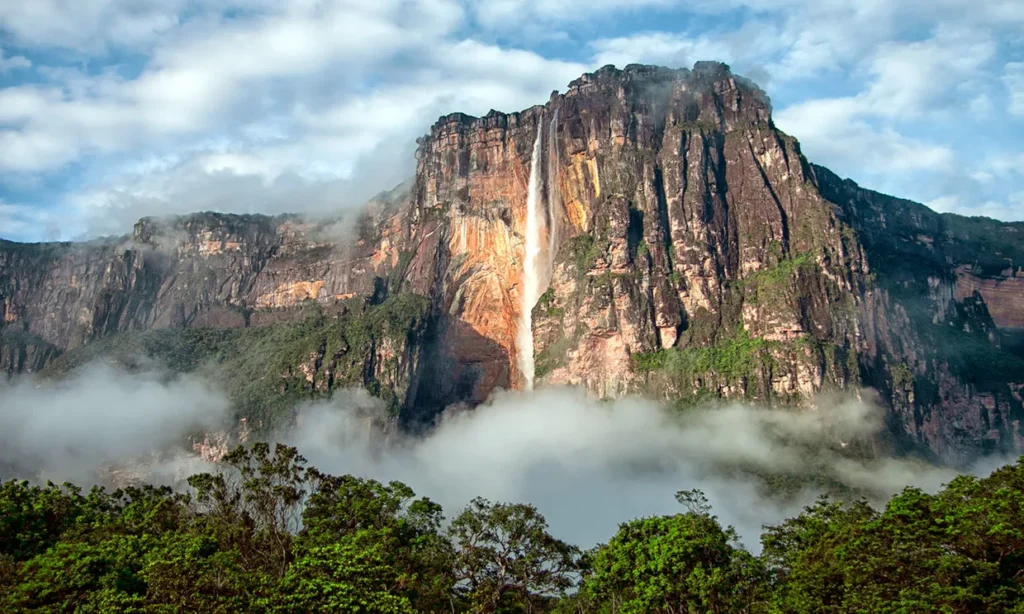Celebrating Mexican Cartoon Characters: Icons of Culture and Entertainment

Cartoons represent an important part of our childhood, and thanks to them we are entertained, educated and we build an identity. That is why the Mexican Cartoon Characters represent an important part of the cultural identity of the country, here we will detail the best known Mexican Cartoon Characters worldwide.
Mexico has a great weight in the world of cartoons, and is considered the largest producer of cartoons in Latin America. It is precisely for that reason that it is the country that saw the birth of many animators, directors, creators of animated studios such as Ánima Estudios and dubbing actors, perhaps for that reason there are several Mexican Cartoon Characters that have managed to have a significant impact on both small and large nationally and internationally.
The cultural impact of the Mexican Cartoon Characters can be seen in characters as significant as Speedy Gonzales, a character that has managed to transcend for generations, so yes, many of the Mexican Cartoon Characters have a great cultural relevance not only for Mexicans but for the rest of the world, and we will tell you about them.
Learn all about: Thanksgiving Mexico: Celebrations and Cultural Integration
History of cartoons in Mexico
According to records, the first cartoons produced in Mexico date back to the 20th century. The pioneers of this art in the Aztec territory were Salvador Pruneda, Carlos Manríquz, Bismark Mier and Salvador Patiño, all these characters of importance for animation in Mexico were trained in American studios such as the Fleisher brothers, Walt Disney, La Metro and Goldwind Mayer.
We must also highlight Juan Athernack, who was the first animator of Mexican cinema, and ”Mi sueño”, a 1916 short film adapted from a poem of the same name written by General Salvador Alvarado.
On the other hand, Miguel Acosta was in charge of the first animation production in Mexico, in 1927, which lasted thirty seconds, while Alcorta created in 1929 animations with articulated cutouts, which had a duration of four seconds and were presented as commercials.
By 1935 Alfonso Vergara Andrade premiered the animated short Paco Perico in Premier, together with his partners Antonio Chavira and Francisco Gómez, under his company Producciones AVA, which closed and later reopened as AVA. Color. This company managed to present Los cinco cabritos y el lobo, Una noche de posada and La vida de las abejas, in addition, two of its productions called Jarabe tapatío and El tesoro de Moctezuma used the rotoscope technique.
In the 1940s Carlos Sandoval and Bismark Mier released Don Quijote, and worked on the sequels Una corrida de toros en Sevilla and El charro García, but the last two shorts were not finished.
In 1943 Caricolor was born, a studio founded by Santiago Richi and Manuel Mario Moreno, who released Me voy de cacería, but the studio did not last due to the involvement of World War II collaborators.
Caricaturas Animadas de México was founded in 1947 by Claudio Baña, Carlos Sandoval, Leobardo Galicia, Jesús Sáenz Rolón, Ignacio Rentería and some animators who were part of Caricolor, the highlight of this company is that in their work they began to use acetate micas, and more efficient coloring techniques were applied.
Dibujos Animados de México was created in 1952, in 1956 the animators branch of the Sindicato de Trabajadores de la Industria Cinematográfica was created and in 1965 Que Viva la Muerte by Adolfo Garnica was released, in which they pay tribute to Sergei Eisenstein with Mexican toys.
Cartoons today
Cartoons represent for Mexican culture a teaching alternative in which both girls and boys learn through concepts, procedures, norms and attitudes. That is why the Mexican Cartoon Characters have managed to permeate the culture of the country, generating a significant impact on the formation of the identity that represents Mexicans as a society worldwide.
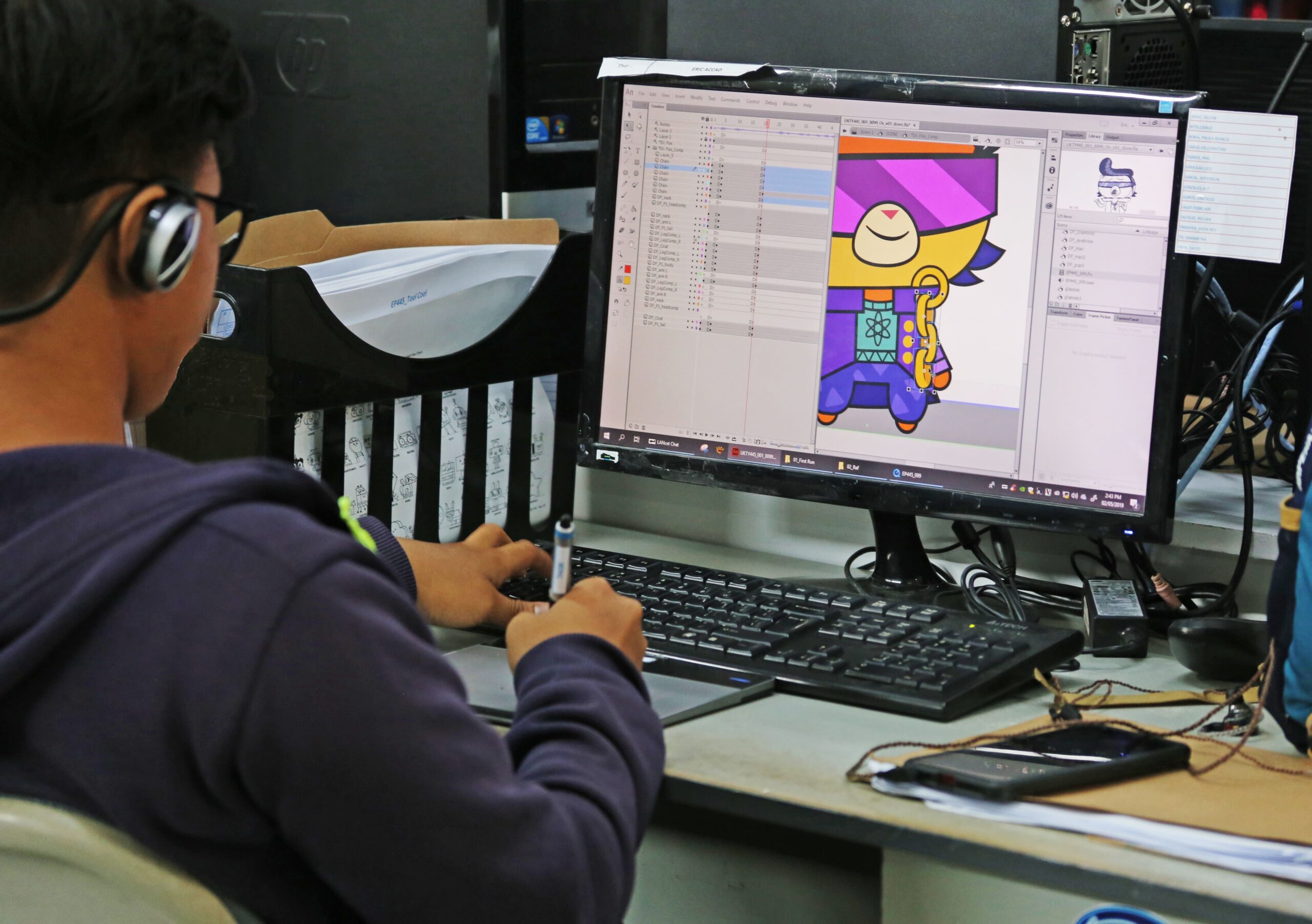
In view of this, it is important to mention that nowadays Mexican animation is as outstanding as the outstanding international studios, proof of which are the animated characters that represent the country, animators, animation companies and dubbing actors, who have managed to cross borders and reach millions of people worldwide.
These are the most outstanding Mexican Cartoon Characters
Mexico is recognized worldwide for its vibrant culture and traditions, which have inspired multiple graphic artists who have created Mexican Cartoon Characters that have generated a significant impact in the world of animation.
Find out all about: Discover the Best Mexican Movies on Netflix for 2024
That is why here we will tell you which are the most outstanding Mexican Cartoon Characters:
Speedy Gonzales
If you are wondering which are the most outstanding Mexican Cartoon Characters, Speedy Gonzales will definitely come to mind. He was the first character of American origin that sought to reflect a part of the Mexican culture.
Speedy Gonzales is a Mexican Cartoon Characters that is part of the Looney Tunes, from Warner Brothers. This Mexican Cartoon Characters is known as the fastest mouse in all of Mexico, his debut was in the short film Cat-Tails for Two, with a gold tooth, red booth and did not wear the sombrero or the jarocho costume.
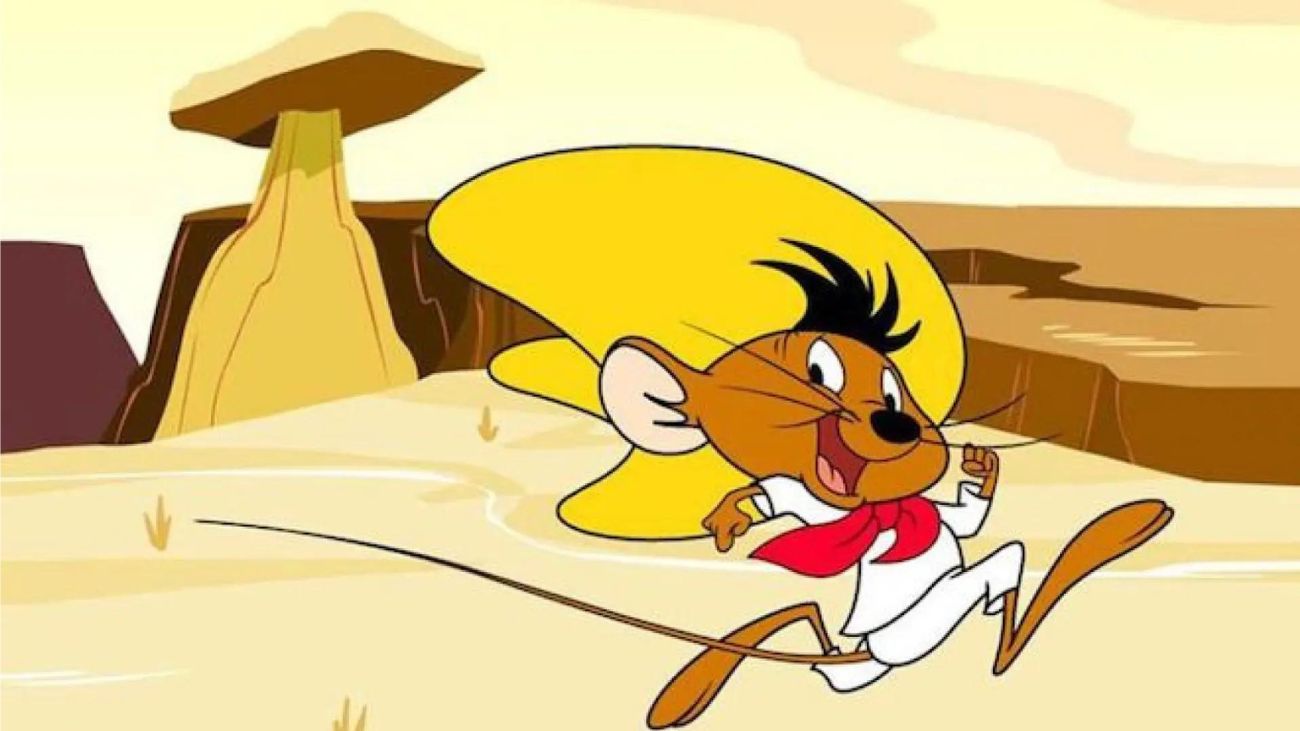
As time went by, Speedy Gonzales became Silvestre’s counterpart, and later became Daffy Duck’s counterpart. It is important to mention that despite his success, many disagreed with the character, since he showed ethnic stereotypes, so Cartoon Network stopped broadcasting his episodes, however the character’s fans criticized the measure and the channel resumed broadcasting the character’s episodes since 2002.
This Mexican Cartoon Characters has great cultural importance and was the first character that in some way highlighted Mexican culture.
Learn all about: Discovering Gorditas de Mexico: A Deep Dive into This Beloved Street Food
Dora Marquez
Another Mexican Cartoon Character is Dora Marquez, better known as Dora the Explorer, a heroic girl of Mexican origin who constantly embarks on adventures to help those in need.

This character reflects the values professed by Mexican families and has a vibrant energy that characterizes Mexican society. It should also be noted that Dora has crossed borders to 151 markets and has been translated into 30 languages.
Dora Márquez has made generations more open to other races and cultures, which is why her importance on a cultural level is so great.
Diego Marquez
Diego is Dora the explorer’s cousin, he appears in his cousin’s series and in turn has his own series Go Diego Go. The character is a bilingual 8-year-old boy whose goal is to help endangered animals.
Do you like sports? Here’s what you should know about: Exploring the Most Popular Sport in Mexico: A Deep Dive into Mexican Sporting Culture

Like Dora, Diego has a great impact on the culture and has allowed children from different cultures to accept and wish to be like a Latin American child, so Diego, like Dora, are characters that have a considerable influence on the adults of tomorrow.
Cultural Meaning of Mexican Cartoon Characters
The United States has had a great influence in the world of Mexican Cartoon Characters, however, nowadays the Latin American country makes its productions and they are of such a good quality that they have managed to position themselves around the world.
Mexico stands out mainly in the field of animation in the production of series, feature films and short films. In this country the animation industry has gone through several stages, in which it has been influenced by foreign trends that have allowed Mexican culture to blend, thus positioning itself as the Latin American country with the best animation production companies.
Contemporary Mexican animation
In the years 2000 to 2009 Mexican animation was quite scarce and it was not very profitable for animated production companies, since they did not have good enough profits as in countries like the United States and Japan, however, with the founding of companies like Ánima Estudios things were improving and since 2003 they have not stopped creating high caliber animations.
Here’s everything you need to know about: Discovering Tacos de Canasta Mexico: Tradition, History, and Delicious Recipes
Therefore, Mexican animation and the Mexican Cartoon Characters have achieved a great weight in entertainment.


